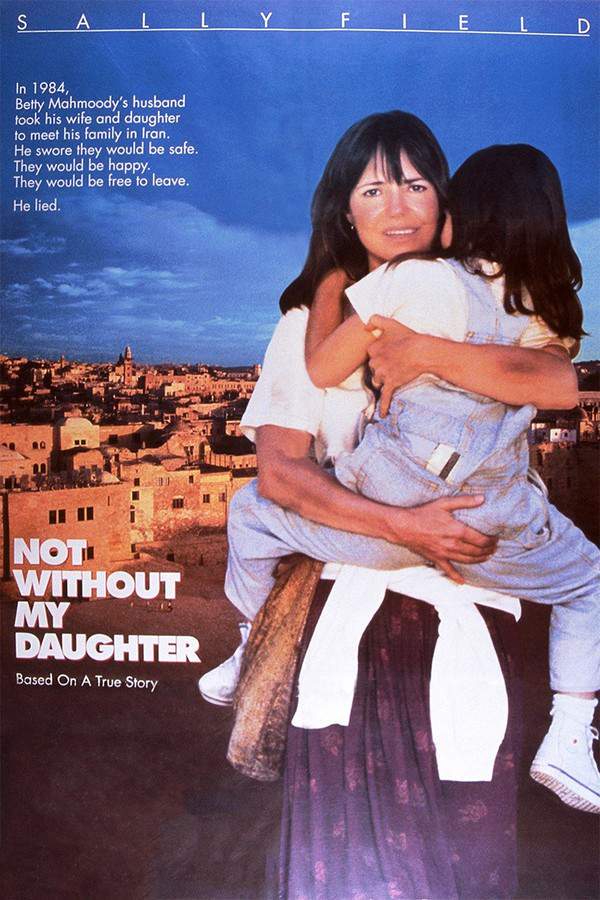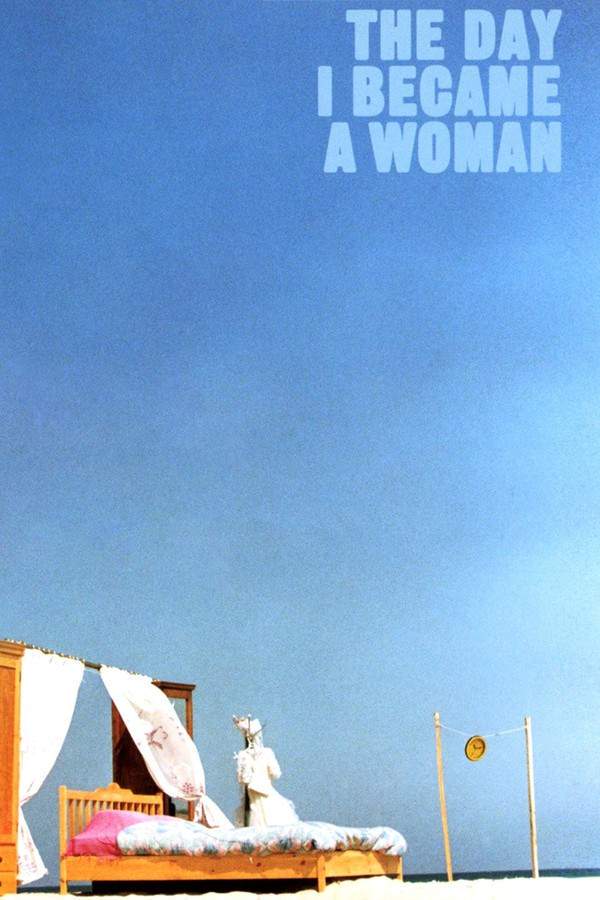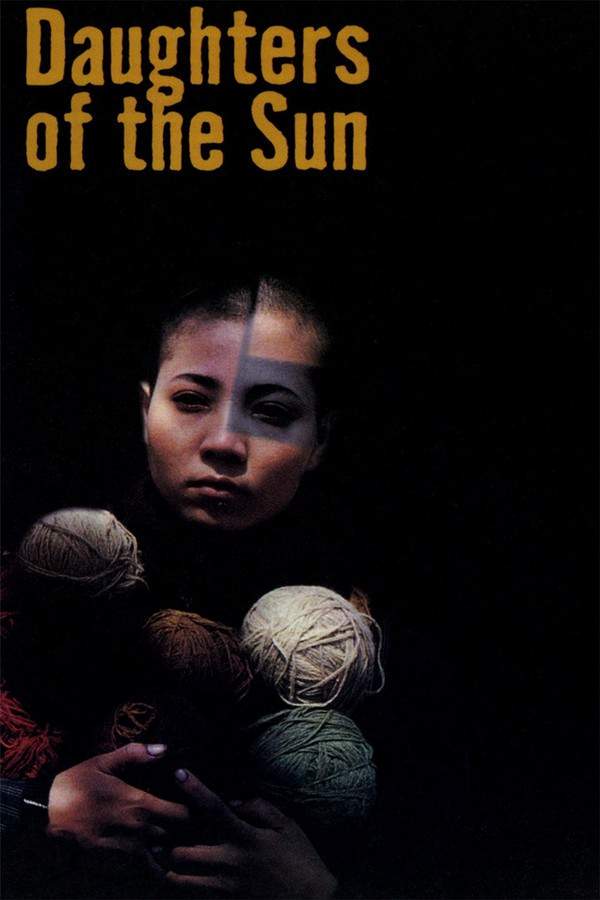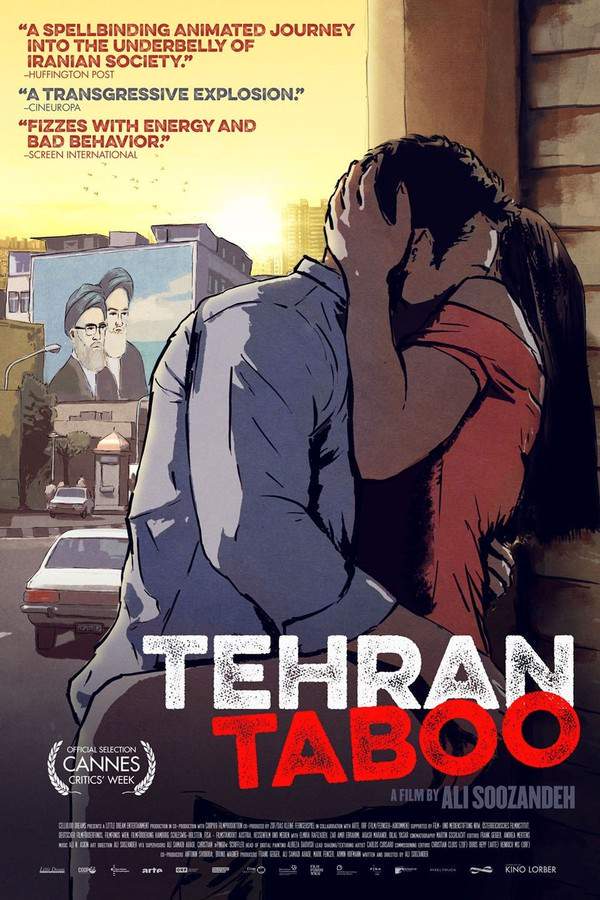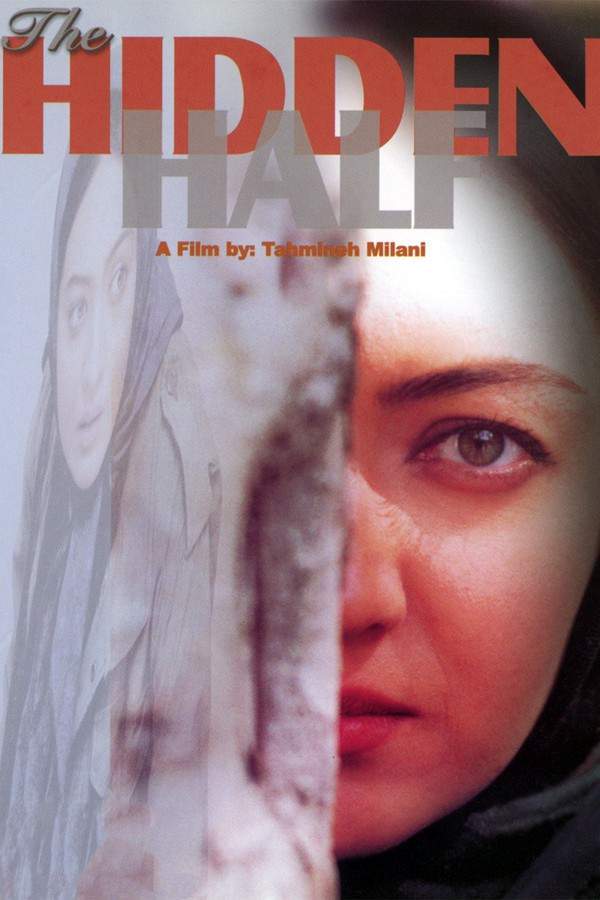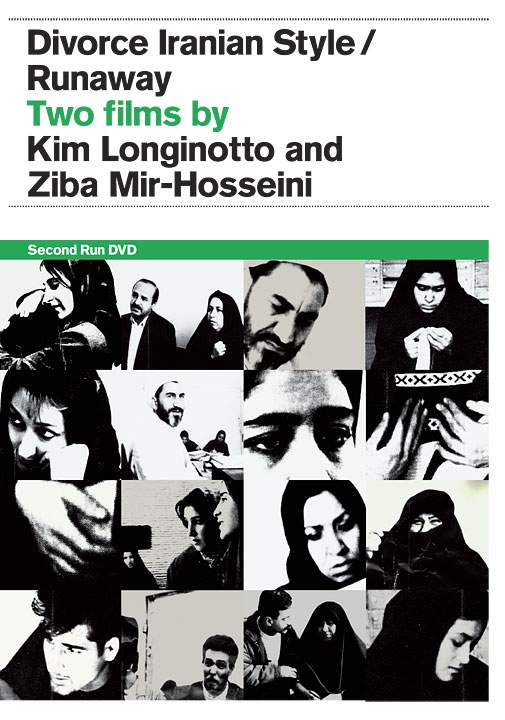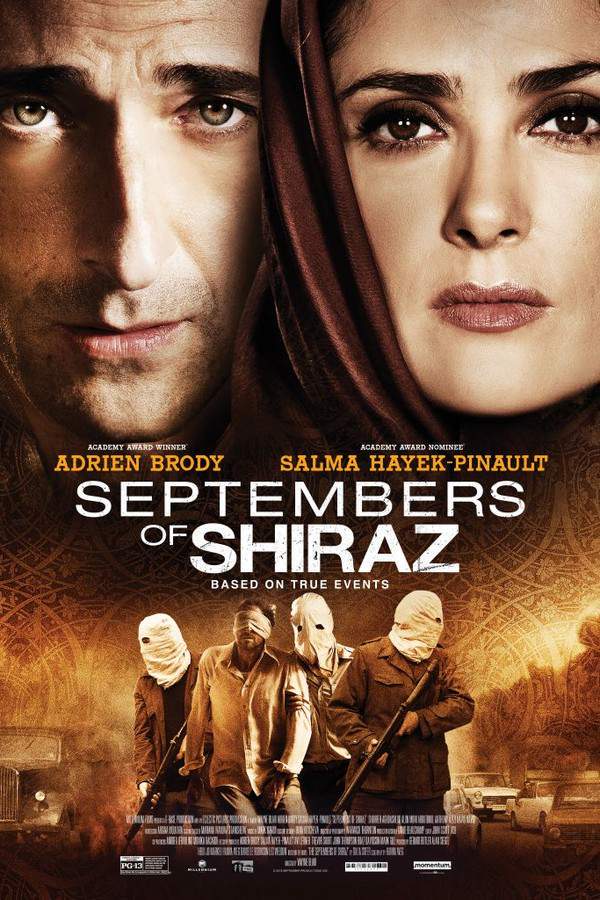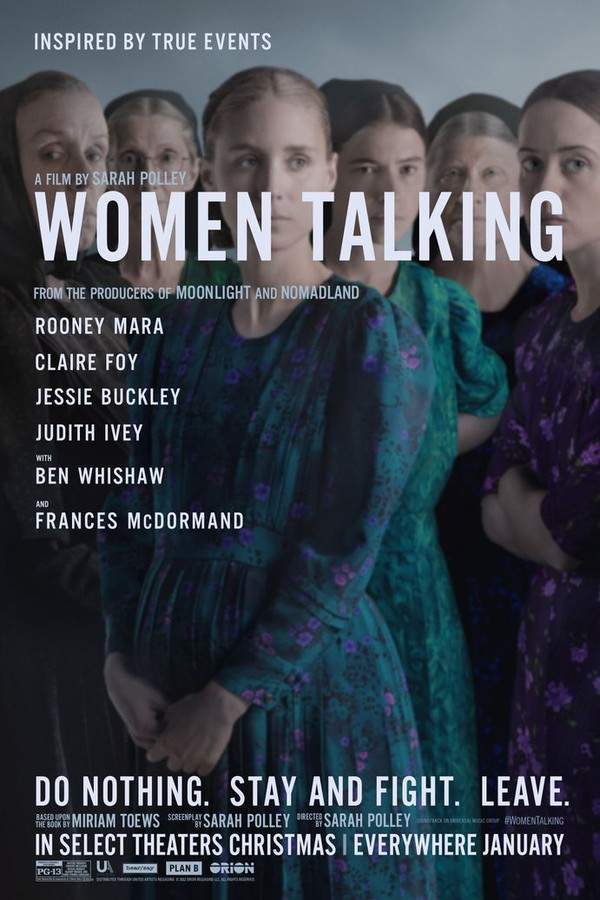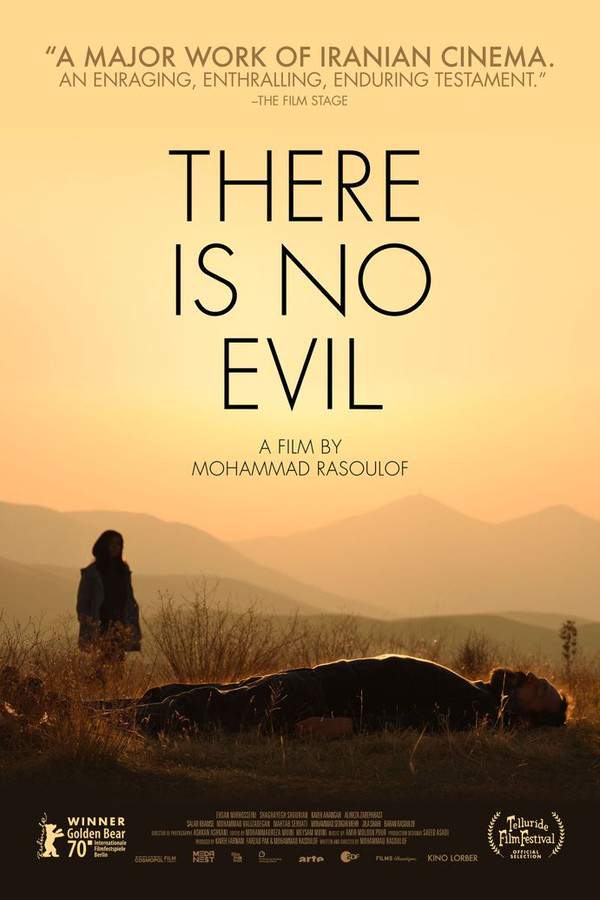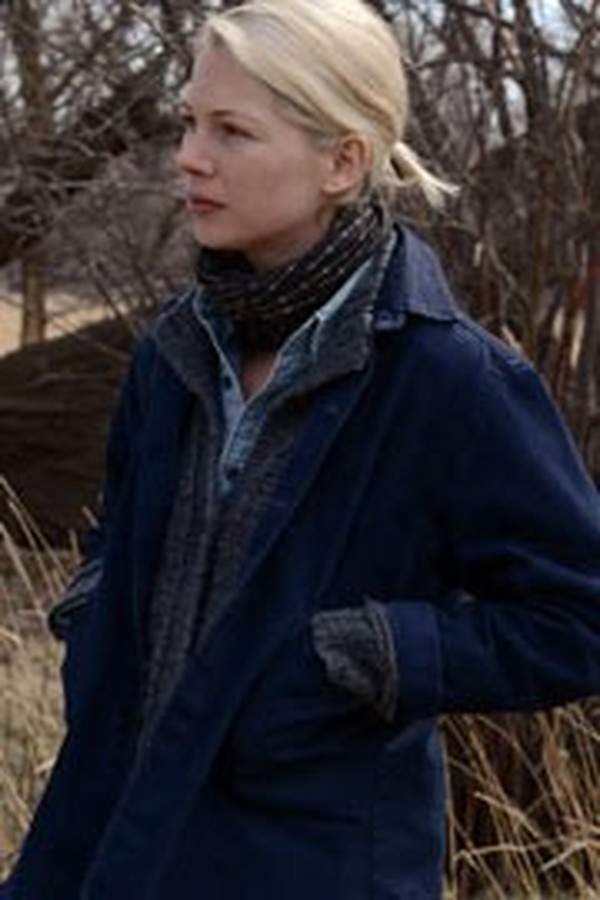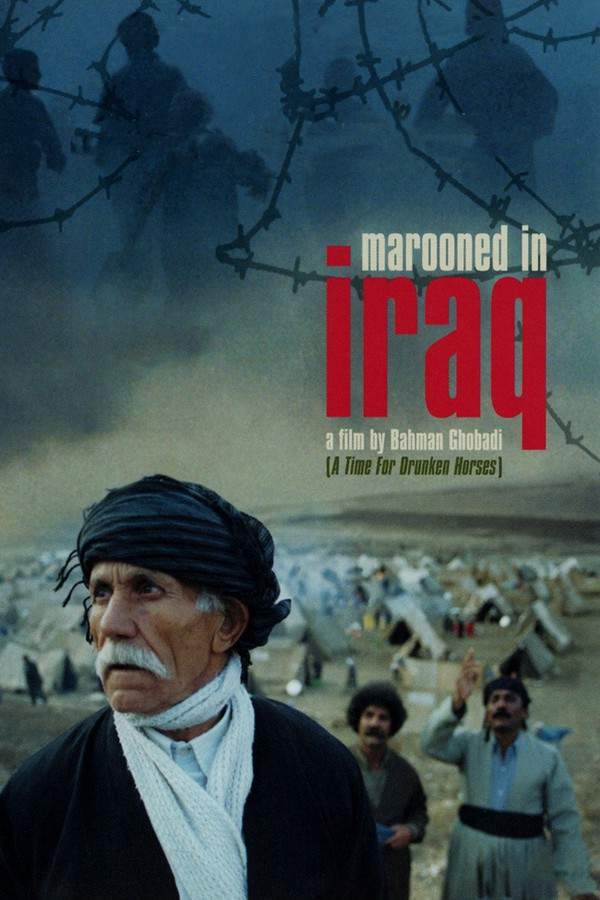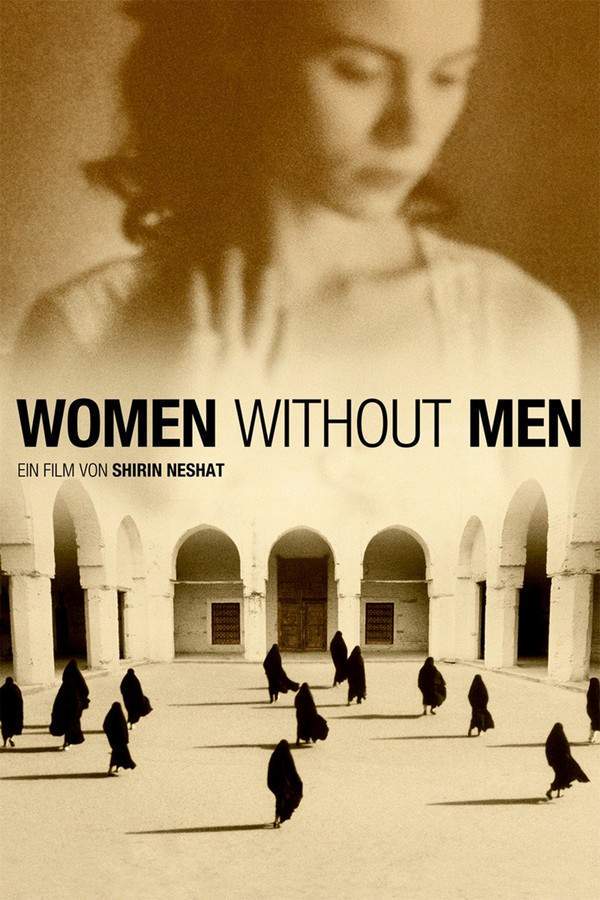
Women Without Men
Year: 2010
Runtime: 95 min
Language: Persian
Directors: Shirin Neshat, Shoja Azari
Following World War II, in Iran, the lives of four women become intertwined against the backdrop of a pivotal historical moment: the CIA-backed coup that overthrew the democratically elected government and restored the Shah’s power. This debut feature explores their experiences, portraying a poignant and evocative portrait of female resilience and the fading of hope during a time of political turmoil and profound societal change.
Warning: spoilers below!
Haven’t seen Women Without Men yet? This summary contains major spoilers. Bookmark the page, watch the movie, and come back for the full breakdown. If you're ready, scroll on and relive the story!
Timeline & Setting – Women Without Men (2010)
Explore the full timeline and setting of Women Without Men (2010). Follow every major event in chronological order and see how the environment shapes the story, characters, and dramatic tension.
Last Updated: November 22, 2025 at 15:25
Main Characters – Women Without Men (2010)
Meet the key characters of Women Without Men (2010), with detailed profiles, motivations, and roles in the plot. Understand their emotional journeys and what they reveal about the film’s deeper themes.
Last Updated: November 22, 2025 at 15:25
Major Themes – Women Without Men (2010)
Explore the central themes of Women Without Men (2010), from psychological, social, and emotional dimensions to philosophical messages. Understand what the film is really saying beneath the surface.
Last Updated: November 22, 2025 at 15:25
Unlock the Full Story of Women Without Men
Don't stop at just watching — explore Women Without Men in full detail. From the complete plot summary and scene-by-scene timeline to character breakdowns, thematic analysis, and a deep dive into the ending — every page helps you truly understand what Women Without Men is all about. Plus, discover what's next after the movie.
Women Without Men Summary
Read a complete plot summary of Women Without Men, including all key story points, character arcs, and turning points. This in-depth recap is ideal for understanding the narrative structure or reviewing what happened in the movie.

Similar Movies to Women Without Men
Discover movies like Women Without Men that share similar genres, themes, and storytelling elements. Whether you’re drawn to the atmosphere, character arcs, or plot structure, these curated recommendations will help you explore more films you’ll love.
Explore More About Movie Women Without Men
Women Without Men (2010) Plot Summary & Movie Recap
Women Without Men (2010) Scene-by-Scene Movie Timeline
Women Without Men (2010) Spoiler-Free Summary & Key Flow
Movies Like Women Without Men – Similar Titles You’ll Enjoy
Not Without My Daughter (1991) Full Summary & Key Details
The Day I Became a Woman (2001) Complete Plot Breakdown
Daughters of the Sun (2004) Full Movie Breakdown
Tehran Taboo (2018) Complete Plot Breakdown
The Hidden Half (2001) Spoiler-Packed Plot Recap
Divorce Iranian Style (1999) Spoiler-Packed Plot Recap
Septembers of Shiraz (2016) Complete Plot Breakdown
Women Talking (2022) Story Summary & Characters
A Separation (2011) Story Summary & Characters
Under the City's Skin (2003) Story Summary & Characters
3 Faces (2019) Complete Plot Breakdown
There Is No Evil (2021) Complete Plot Breakdown
Certain Women (2016) Ending Explained & Film Insights
Cafe Setareh (2007) Ending Explained & Film Insights
Marooned in Iraq (2003) Story Summary & Characters



